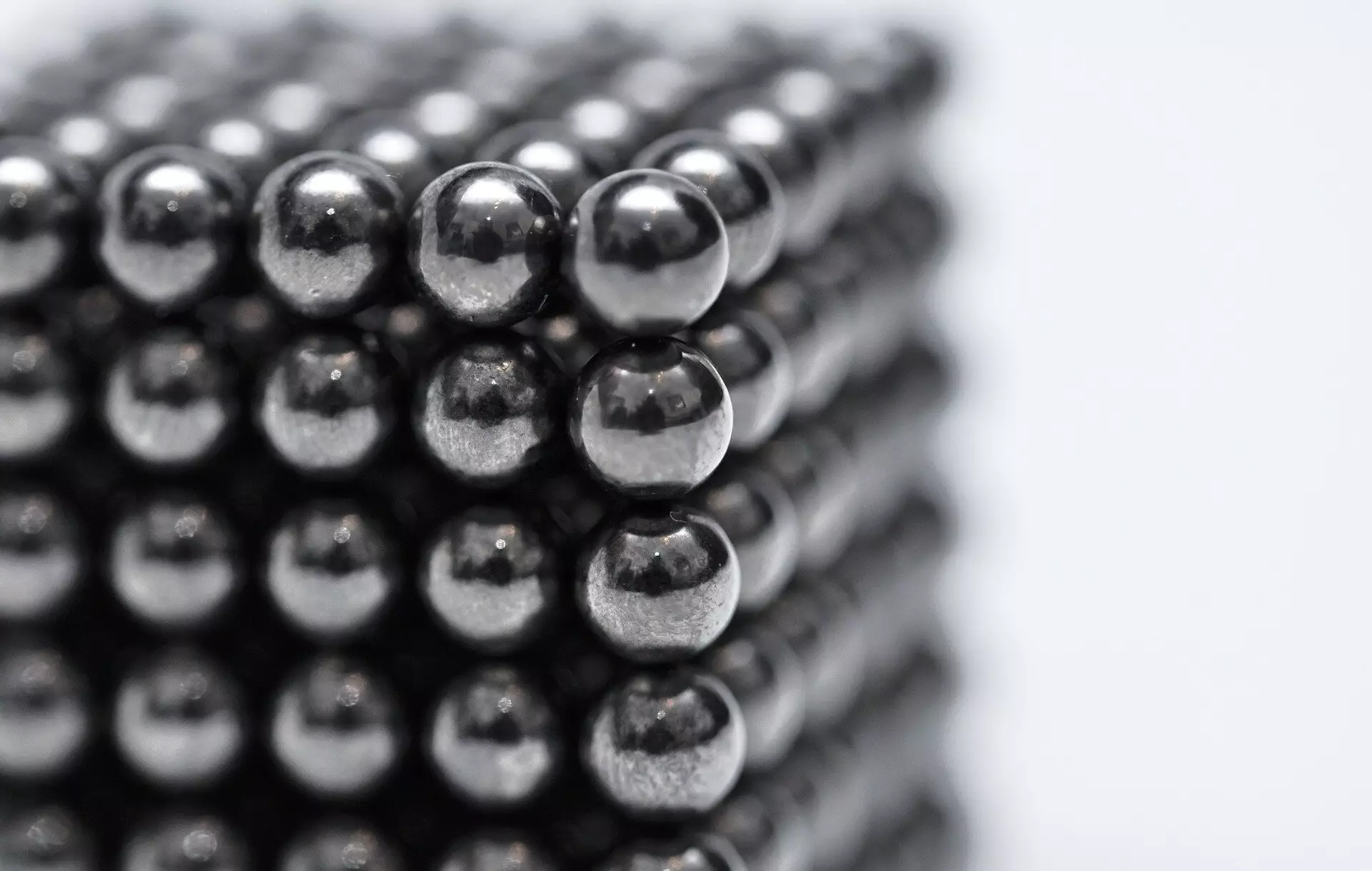The European Union is taking proactive measures to reduce its supply-chain vulnerabilities by exploring alternative sources of critical raw materials. Dr. Arne Petter Ratvik, a metals expert at SINTEF, an independent Norwegian research organization, believes that ordinary fertilizer production could be the solution. Ratvik led a research project called SecREEts, which received EU funding to extract rare earths, essential for high-tech industries, during the fertilizer manufacturing process. As Europe grapples with the geostrategic challenges posed by external suppliers, such as China, the Democratic Republic of the Congo, and South Africa, this article explores the potential of fertilizer as a source of critical raw materials and examines the geopolitical implications of rare earths in the EU.
The primary focus of Ratvik’s SecREEts project was to extract three rare earths (dysprosium, neodymium, and praseodymium) that are essential for the EU’s green-energy transition. These elements are used to make permanent magnets for electric cars and wind turbines. Ratvik leveraged the European fertilizer production process to develop an integrated extraction technique, with the potential to cover 5% to 10% of Europe’s demand for these critical raw materials. Phosphate rocks, a primary ingredient in fertilizer production, contain between 0.3% and 1% rare earths, which currently go unnoticed and unutilized. By implementing an additional precipitation step in the fertilizer production stream, the SecREEts team successfully extracted rare earths, which were then sent to magnet producers in Germany and the UK, resulting in the creation of powerful, high-performance magnets.
The EU’s dependence on non-EU countries for critical raw materials has raised concerns about supply-chain vulnerabilities. China, in particular, dominates the refining of rare earths used in permanent magnets worldwide. Recognizing the need for strategic self-sufficiency, the European Commission proposed targets in March 2023 to extract, process, and recycle at least 10%, 40%, and 15% respectively of critical raw materials, including rare earths, within Europe. initiatives like the SecREEts project and ongoing research projects like GRIP-ARM aim to ensure Europe’s access to these essential resources while minimizing socio-environmental costs.
Dr. Jewellord Nem Singh, an expert in critical minerals and industrial policy based in the Netherlands, is leading a research project called GRIP-ARM, which focuses on the geopolitical implications of rare earths. The project, running for five years, examines the mineral-producing countries (China, Brazil, and Kazakhstan) and consumers (the EU, Japan, and South Korea) of rare earths. China’s dominant position in rare earths stems not only from its control over global reserves but also its expertise in extraction and processing. China has invested heavily in refining, separation, and processing technologies since the 1970s, allowing it to establish long supply chains that span from mining to the manufacturing of high-tech products. However, Nem Singh highlights that other countries, like Japan, still excel in certain aspects, such as producing better permanent magnets.
The EU recognizes China as both a strategic partner and competitor, necessitating the development of a nuanced relationship. While the EU seeks to further its semiconductor manufacturing industry with EU support, it must also maintain access to critical Chinese minerals used by German car manufacturers. The GRIP-ARM project aims to explore the potential for Europe to exclude China from crucial segments of the supply chain while developing these segments domestically. This strategic shift requires careful consideration of both technological capabilities and geopolitical dynamics.
As the EU strives for greater self-sufficiency in critical raw materials, innovative approaches like utilizing fertilizer production demonstrate the potential of unconventional sources. The SecREEts project has paved the way for Europe to extract rare earths from phosphate rocks, which were previously overlooked, and leverage them to meet the growing demand for high-performance magnets. Concurrently, research initiatives like GRIP-ARM shed light on the geopolitical implications of rare earths and explore ways for the EU to secure future supplies while reducing socio-environmental costs. Going forward, these projects will play a crucial role in reshaping Europe’s supply chain, ensuring greater resilience and autonomy in the face of global uncertainties.


Leave a Reply